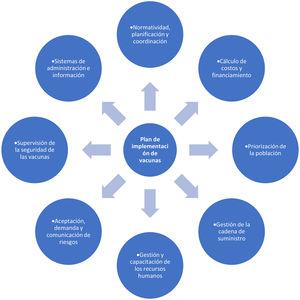
Objective
To determine changes in the prevalence of dyslipidemias during the pre-COVID-19 and COVID-19 years in three regions of Ecuador.
Design
Cross-sectional study.
Site
Quito, Guayaquil, and El Coca.
Participants
Adults with cholesterol, HDL, LDL, and triglyceride levels at primary care centers from January 2017 to December 2022.
Interventions
Not applicable.
Main measurements
Data were obtained from five BIODIMED primary care centers. Cholesterol, HDL, LDL, and triglyceride levels were classified according to the ATP III guidelines. Dyslipidemia was considered present when one or more parameters exceeded specific thresholds. Sociodemographic variables and the year of examination were included as independent variables.
Results
The study analyzed 110,521 participants’ laboratory results, where 65.3% were males and an average age of 38±12 years. The study spanned the Andean (72.4%), Coast (15.4%), and Amazonic region (12.3%). Pre-pandemic exams constituted 60.9% of the sample. The prevalence of dyslipidemia increased gradually from 43.1% in 2017 to 64.1% in 2022. Cholesterol levels, HDL, and LDL exhibited changes during the pandemic, with an increased risk of hypercholesterolemia, low HDL, and high LDL.
Conclusions
During the COVID-19 pandemic, a notable increase in the prevalence of dyslipidemias, including hypercholesterolemia, high triglycerides, and high LDL, was determined across three regions in Ecuador.



